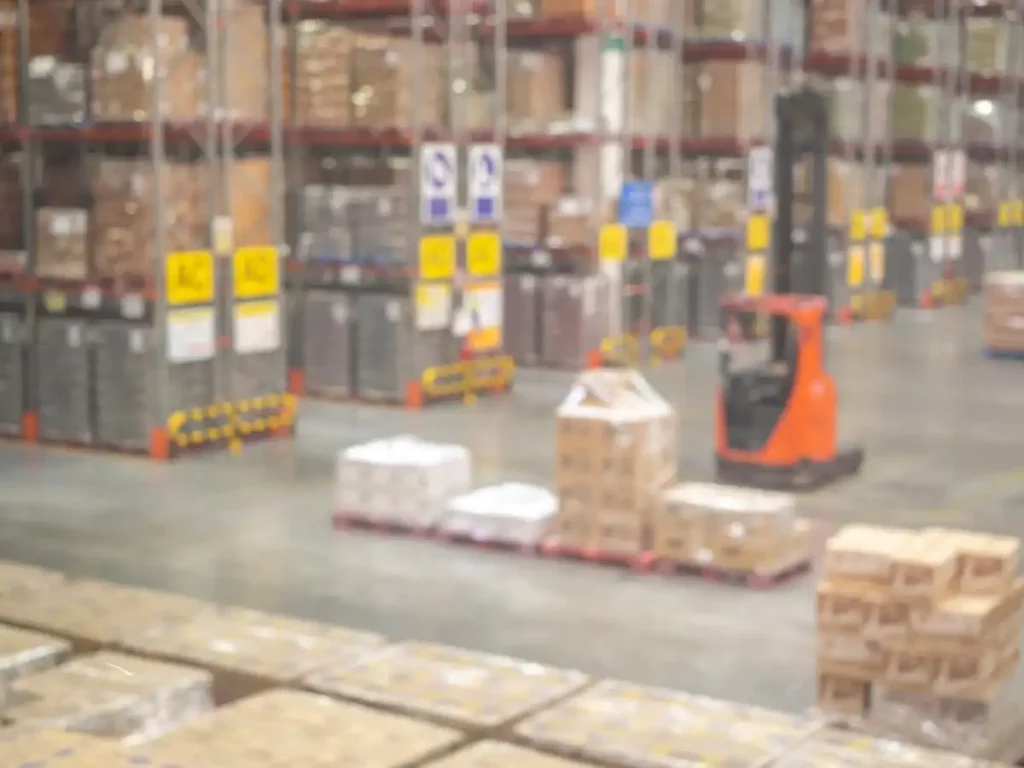Are you in supply chain management or logistics and continually seeking avenues to lower operational expenses? One solution that could significantly reduce costs is cross-docking.
In brief, this process eliminates the need for warehousing by expediting the shipping procedure. This article will delve deeper into how cross-docking can be a cost-effective strategy for your business.
Understanding the Basics
Before diving into the cost-saving elements of cross-docking, it’s crucial to get a firm grasp of what it is and why it’s so significant in logistics and supply chain management.
What is Cross-Docking?
At its core, cross-docking is a logistics strategy designed to optimize the flow of goods from the point of origin to the point of consumption. Unlike traditional logistics models that involve storing goods in a warehouse until they’re needed, cross-docking is a near-instantaneous process.
Goods received at a docking terminal are sorted, reassembled if necessary, and then directly transferred onto outbound trucks, trailers, or transportation modes. The key takeaway here is the elimination or dramatic reduction of storage time, allowing for a more streamlined operation.
Why Does Cross-Docking Matter?
The value of cross-docking goes far beyond merely cutting out the middleman (the warehouse, in this case). The overarching goal is to make the entire supply chain more efficient, thereby reducing two key variables: time and cost.
Here’s why that’s important:
- Time: In the fast-paced world of modern commerce, timing is everything. The quicker goods can be moved, the better. Not only does this improve customer satisfaction by reducing lead times, but it also means you can process more shipments in the same amount of time, thereby increasing throughput.
- Cost: Storing goods is expensive. From the cost of renting or owning a facility to the expenses involved in security, climate control, and manpower, storage costs can add up quickly. By reducing or eliminating the need for these elements, cross-docking directly impacts the bottom line in a positive manner.
How Cross-Docking Cuts Down on Costs
Elimination of Storage Costs
Storage fees can be an enormous expense for many businesses. These costs aren’t only about renting space but also include utilities, security, and insurance. When you employ cross-docking:
- Rent expenses decrease.
- Utilities costs diminish.
- Security-related expenses drop.
Time Efficiency: Valuing Speed in Logistics
The saying “Time is Money” is particularly relevant in logistics. Accelerating the shipping process has a direct impact on your financial performance:
- Lower Labor Costs: Fewer staff are needed to manage goods, which results in labor cost reduction.
- Quick Turnaround: Increased speed in shipping enables quicker order fulfillment.
- Customer Satisfaction: Prompt deliveries usually lead to higher customer satisfaction, promoting customer retention.
Reduced Handling, Lower Risk
The risk of goods being damaged or lost decreases with less handling. This not only safeguards the integrity of your products but also translates into cost savings:
- Lower risk of damage means fewer claims.
- Fewer claims result in reduced insurance costs.
Efficient Inventory Management
Effective inventory management is another benefit that may not immediately appear exciting but is crucial for cost reduction:
- Less risk of overstocking or understocking, avoiding associated costs.
- Improved cash flow due to lower amounts of tied-up capital in unsold stock.
Fuel Efficiency: Economical and Eco-Friendly
Optimized cross-docking usually leads to better route planning, which has the dual advantage of reducing fuel costs and lowering your company’s carbon footprint:
- Decreased fuel expenses.
- A smaller carbon footprint is an eco-friendly benefit.
The Right Way to Cross-Dock
Now that we’ve established what cross-docking is and why it’s important, let’s delve into how to actually do it the right way. Incorrectly implemented, even the most promising logistics strategy can fall flat. Here’s how to avoid that:
Select the Right Goods
Not all items are suitable for cross-docking. Perishable goods, high-demand items, and pre-tagged or pre-packaged goods are usually the best fit. Knowing which items to cross-dock is the first step in creating a successful strategy.
Partner with Reliable Suppliers
The efficacy of your cross-docking strategy heavily relies on the timeliness and reliability of your suppliers. Make sure you’re working with companies that can deliver quality goods on schedule.
Train Your Staff
Your staff should be well-versed in the principles and practices of cross-docking. Training programs can help familiarize them with the operational details and emergency procedures, ensuring smooth operations.

Experience Cross-Docking Excellence with Mile High Delivery & Cold Storage
Cross-docking offers a multitude of avenues for cost-saving that can be crucial for maintaining a competitive edge. For those based in or operating through Denver, Mile High Delivery & Cold Storage is your ideal partner for efficient and cost-effective Cross-Docking Services in Denver.
Specializing in handling bulk shipments and freight, we offer a comprehensive service package designed to meet the diverse needs of modern supply chains. Contact us today and experience firsthand the cost reductions that effective cross-docking can bring to your logistics operations!

